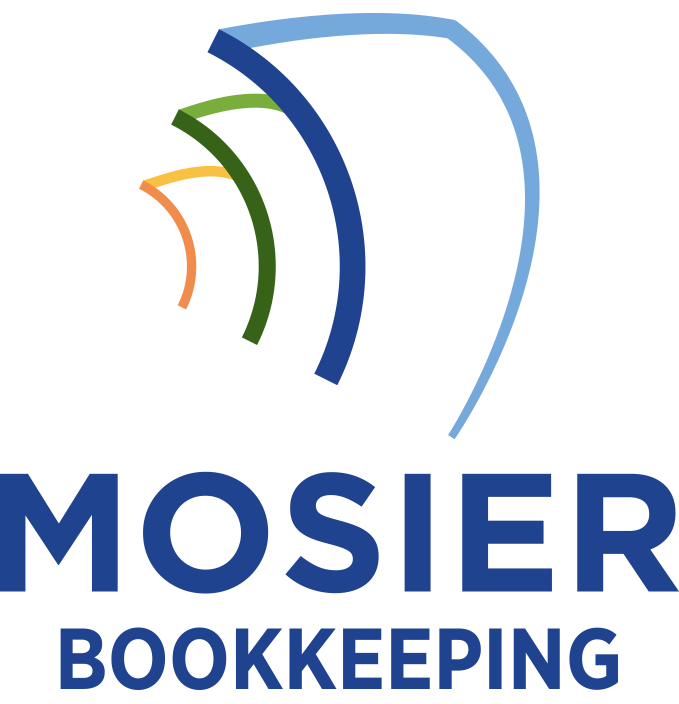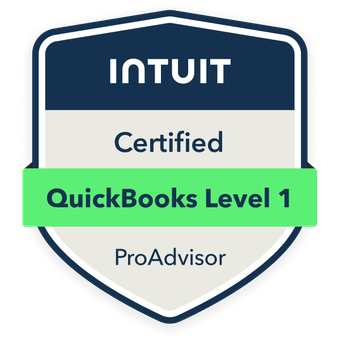To analyze compliance metrics through bookkeeping, I’ll help you set up dedicated compliance ledger accounts with automated validation rules and custom metadata fields in your accounting software. You’ll need to integrate regulatory codes into your chart of accounts, establish real-time monitoring systems, and generate exhaustive reports tracking transaction accuracy, documentation completeness, and risk patterns. By implementing these systematic controls and data-driven approaches, you’ll uncover valuable insights to strengthen your compliance framework.
Understanding Key Compliance Metrics Through Financial Records

Three essential compliance metrics emerge from analyzing financial records: transaction accuracy, regulatory reporting timeliness, and documentation completeness.
I track transaction accuracy by monitoring error rates, reconciliation discrepancies, and correction entries in my journal. I’ve found that maintaining precise timestamps for regulatory submissions enables me to measure reporting efficiency and avoid penalties. For documentation completeness, I evaluate the presence of required supporting materials, signatures, and audit trails.
I leverage my accounting software to generate compliance scorecards, identifying patterns and potential risk areas. This data-driven approach empowers me to enforce standards and make strategic decisions about resource allocation.
Setting Up Your Bookkeeping System for Compliance Tracking
A well-structured bookkeeping system requires precise configuration to track compliance metrics effectively. I’ll show you how to establish control over your compliance tracking through strategic setup of your financial records.
- Set up dedicated compliance ledger accounts for each regulatory requirement
- Configure automated data validation rules to flag potential violations
- Create custom fields in your accounting software for compliance-specific metadata
- Establish separate cost centers for compliance-related expenses
- Implement digital audit trails with timestamp verification
I recommend integrating these elements immediately into your existing bookkeeping infrastructure. This systematic approach guarantees you’ll capture every compliance-related transaction while maintaining clear oversight of your regulatory obligations through financial documentation.
Integrating Regulatory Requirements Into Your Chart of Accounts

Building on your established bookkeeping framework, the next step involves strategic modification of your chart of accounts to incorporate specific regulatory requirements. I’ll show you how to align your accounts with compliance mandates while maintaining clarity and control.
| Account Type | Regulatory Code | Compliance Focus |
|---|---|---|
| Assets | REG-101 | Capital Reserve |
| Liabilities | REG-202 | Risk Exposure |
| Revenue | REG-303 | Income Validation |
| Expenses | REG-404 | Cost Allocation |
| Equity | REG-505 | Owner Compliance |
I recommend creating dedicated sub-accounts for each regulatory requirement, assigning specific codes that link directly to compliance documentation. This structure guarantees thorough tracking while streamlining your audit preparation process.
Leveraging Technology for Automated Compliance Monitoring
While manual compliance tracking can be time-consuming, modern technology offers sophisticated solutions for automating regulatory monitoring within your bookkeeping system. I’ve found that implementing automated compliance tools can transform your oversight capabilities.
- Real-time violation alerts through AI-powered monitoring
- Automated cross-referencing of transactions against regulatory thresholds
- Custom compliance dashboards with KPI tracking
- API integrations with regulatory reporting systems
- Blockchain-based audit trails for immutable record-keeping
I leverage these technological solutions to maintain constant vigilance over your compliance metrics, enabling swift responses to potential issues and providing extensive documentation for auditors. This automation reduces human error while strengthening your regulatory position.
Creating Effective Compliance Reports From Financial Data

The transformation of raw financial data into meaningful compliance reports requires systematic organization and expert analysis. I’ll guide you through creating reports that command attention and demonstrate control over your compliance metrics.
| Report Type | Key Metrics | Critical Indicators |
|---|---|---|
| Transaction | Volume, Velocity | Risk Patterns |
| Risk Assessment | Exposure Levels | Control Gaps |
| Audit Trail | Documentation | Compliance Gaps |
| Performance | Success Rates | Improvement Areas |
I structure my compliance reports to highlight variances that require immediate action. By integrating financial data with compliance requirements, I create dashboards that track regulatory thresholds, flag violations, and demonstrate due diligence to stakeholders. This empowers rapid decision-making and maintains regulatory control.
Best Practices for Maintaining Compliance Documentation
Maintaining thorough compliance documentation demands rigorous attention to detail and systematic organization. I’ll show you how to master documentation control through proven best practices that guarantee audit readiness and regulatory compliance.
- Implement version control systems to track document revisions and approvals
- Create standardized templates with mandatory fields for consistent record-keeping
- Establish secure digital storage with encrypted backup systems
- Define clear retention schedimes aligned with regulatory requirements
- Institute automated workflows for document review and updates
I recommend centralizing your documentation management to maintain a clear audit trail. This approach streamlines regulatory reporting while minimizing compliance risks. By following these protocols, you’ll build a robust documentation system that demonstrates your commitment to regulatory excellence.









